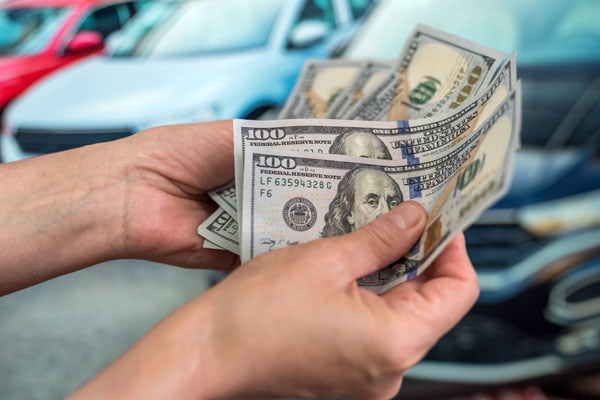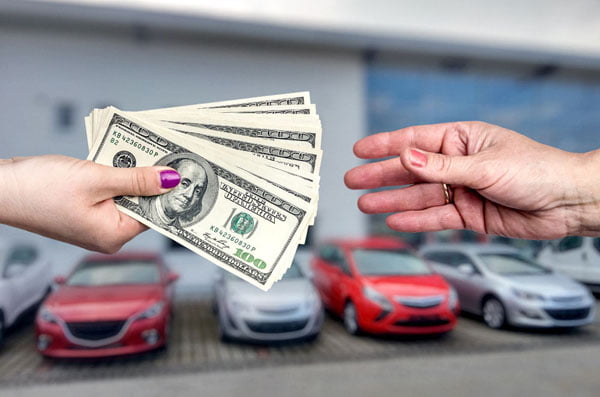Selling a junk car may seem like a straightforward process: you identify a buyer, agree on a price, then bid your trusty old friend a bittersweet farewell. Yet, understanding the intricate web of factors that cocoon a car’s value can help sellers make informed decisions that could significantly pad their pockets. For both newbies shedding their first set of wheels and car enthusiasts parting with a project, gauging the worth of a dilapidated vehicle can be as complex as valuing a piece of art. Here, we’ll dissect the precise factors that sway the scales when dealing with junk car transactions.
The Unavoidable Age Factor
Car age is the unyielding arbiter of depreciation. From the plump infancy of showroom floors to the lean, weathered elderliness of a junkyard, each year exacts a toll. Every car’s financial tale begins with a hauntingly swift plummet in value once it rolls off the dealership. The reasons are clear: more years mean more wear and tear, more miles, and a closer relationship with obsolescence. However, age is not an indictment of merit — vintage cars, for instance, may fetch a higher price.
Early Years Mean More Monetary Haul
In general, the first few years of any car’s life are a boon to its resale value. They embody the vehicle’s zenith, free of the encroachment of significant maintenance costs. For the owner looking to sell a relatively recent vehicle, it’s essential to capitalize on this virgin state, often commanding a more substantial figure.
The Antique Aura
A sweet spot exists where the aging process transforms a car into a retro charmer or, if the years are especially kind, a certified antique. These golden oldies are sought after for their rarity and historical significance. Their value often transcends normal age-depreciation metrics, with sentimental attachment and collector appeal can driving up their asking price.
The Pivotal Condition Assessment
If age is the compass, then condition is the map when ascertaining a junk car’s value. A car’s worth is profoundly influenced by the state in which it’s bid adieu. Does the engine still hum or now only moan in response to a salt-stained, empty key igniting silence? Is the paint a robust testimony to time’s passage, or does it flake away like memories of the car’s former fine form?
Zeroing in on the Wrecks
Aesthetics play a role, no doubt. However, it’s the drivability that’s truly telling. A car wrecked beyond repair holds institutional value — a collection of parts that, en masse, can furnish another vehicle or help a restorer breathe life into a kindred spirit. Even with significant damage, there’s often a market for these salvageable parts.
The Heart of the Matter: Under-the-Hood Analysis
The powertrain — the car’s collective heart, lungs, and sinew — is a core consideration. An engine that turns over with a roar or a sputter can mean the difference between an atrophying asset and a modest payout. Thus, beneath a to-be-sold car’s hood should lie a powertrain that, while it may not even drag the car from its parking space, does at least bear the semblance of operability.
The Make and Model Magnitude
The DNA of a car, its make and model, is a dictum for value. Certain car brands command a cult following, while models might be disparaged for reliability or celebrated for groundbreaking innovation. Understanding the automotive hierarchies of desirability can tilt negotiation tables in a seller’s favor.
The Badge of Honor: Prestige and Price
Luxury and high-performance vehicles, even in their twilight years, cling to a veneer of prestige. Their advanced engineering and plush amenities can escalate them from junk status to investment material. The allure of these badges persists, ensuring a more favorable disposition in the market.
Mass Appeal: Common Cars in High Demand
Conversely, ubiquity is no enemy of value. In the case of a car that’s been popular for its practicality, durability, or any other universally adored virtue, there’s often a robust pre-owned market. A car could be devoid of historical significance, yet its commonality ensures enough demand for even its aged, endangered components.
The Oscillating Influence of Market Trends
No car exists in a vacuum, and as such, its worth is not immune to the tides of the automotive market. Prices are subject to supply and demand dynamics, and these, in turn, are influenced by broader socio-economic factors, industry trends, and even fuel prices. Aware sellers monitor these fluctuations to shape their sales strategies.
Cycles of Demand: Predicting Peaks and Valleys
There’s a nebulous dance between what’s available and what car enthusiasts and repairers are seeking. Often, a particular part or car may surge in demand due to market trends, and those positioned to leverage this imbalance can secure more favorable transactions.
The Beat of Cultural Resonance
Beyond the practicalities of mobility, cars carry cultural connotations. A movie featuring a classic model or a celebrity signature behind the wheel can momentarily spike interest and value. Such ephemeral influences should not be overlooked by the astute seller.
Tips for Maxing Out Value
Maximizing the worth of a junk car is not a passive procession from driveway to dismantler, but rather a proactive campaign with several strategic maneuvers. Even in the twilight of a car’s life, there’s still room for improvement.
Maintenance: The Lasting Value of Care
It may sound paradoxical, but investing in maintenance before scrapping a car can yield considerable returns. Small repairs, a thorough cleaning, and ensuring all components are present and accounted for can enhance a car’s perceived value and engender trust in potential buyers.
The Presentation Paradox: Selling the Story
Appearances do matter — even for junk cars. A well-presented, clean vehicle with comprehensive documentation can convey a story of care and duty, even if toward the vehicle’s final curtain call. A seller’s narrative of the car’s life and service can turn a morose story of abandonment into a romanticized legacy, potentially escalating the offered price.
Conclusion: Trading Wisdom for Wealth
Selling a junk car is, fundamentally, a tale of knowledge being converted into value. The road to securing the best deal is lined with these edifices of learning — understanding the value of time, appreciating the power of performance, and acknowledging that within the shadow of market trends, lie brief, bright moments to shine. For those willing to invest time and wit, the end of the road can offer a starting line to financial gain. A basic comprehension of these factors, coupled with a willingness to invest in the sale, is the partnership that can transform rusted dreams into a tangible sum. As the saying goes, “One man’s trash is another man’s treasure”; be the discerning seller who knows the value of both.



